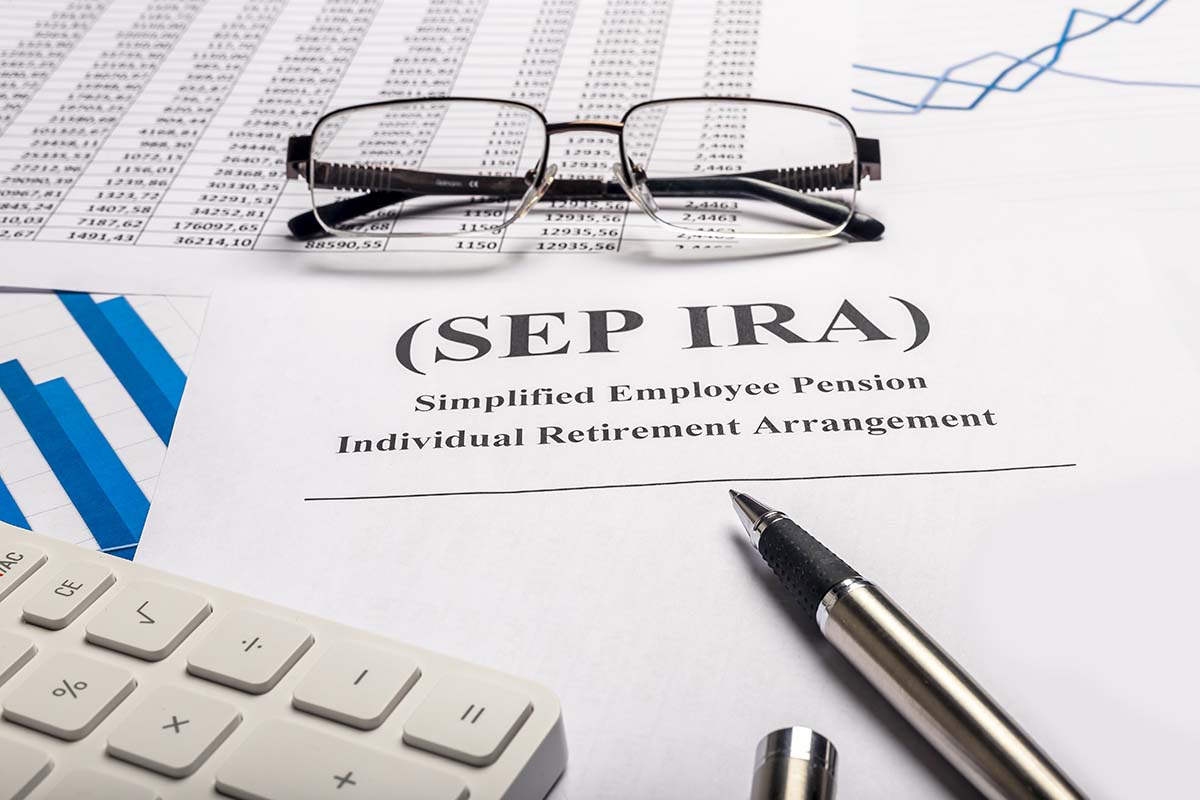SIPP: Small Business Owners and Self Invested Personal Pensions
Planning for retirement can feel a bit daunting, especially if you’re running your own small business in the U.S. without the cushion of an employer-backed pension.
But hey, don’t sweat it too much! With the right moves, you can secure a comfortable retirement just like anyone else.
Right now, lots of folks are searching for how to handle retirement savings, and the trend is leaning towards options that give you more control.
That’s where things like Self-Invested Personal Pensions (SIPPs) come into play. They’re a great tool because they let you call the shots on your investments.
I know it can be a bit scary thinking about the future, especially when you’re used to handling everything on your own.
The key is starting early and staying informed about the latest trends and strategies for saving.
There are plenty of resources out there that can guide you through setting up a plan that works for your lifestyle and financial goals.
Just remember, every little bit you tuck away now is a step towards a more secure and enjoyable retirement. Keep pushing forward, stay optimistic, and make your golden years shine!
What is a Self Invested Personal Pension?

It is a type of pension plan approved by the UK government.
Self-Invested Personal Pensions (SIPPs) give you more control over the money you put aside for retirement.
Within the wrapper of SIPPs, you can choose the investments your cash is assigned to from a vast pool, far more significant than you’d have access to via a standard pension plan.
For example, with SIPPs, you can invest your cash in equities and property, as well as the more conventional range of investment choices.
When it comes to managing and administering SIPPs, the rules relating to contributions, withdrawals, etc., are pretty similar to those of a standard pension plan.
The significant differentiating feature is the influence that the pension holder can have over what happens to the money set aside.
Who can use a SIPP?
Self-Invested Personal Pensions (SIPPs) are super flexible and pretty much anyone can use them, but they’re especially handy for small business owners.
Why? Because they allow you to tailor your retirement savings exactly how you like it, choosing where to invest your money.
Now, SIPPs are particularly appealing if you’re someone who likes to get hands-on.
You’ll need to be ready to dive into a bit of research to figure out the best investment choices for your cash. Remember, the responsibility is all yours— if your investments don’t pan out, there’s no one else to point the finger at.
But here’s some encouragement: recent trends show that more Americans are moving towards these DIY retirement plans, driven by the desire for more control over their investment choices.
For example, data from 2024 indicated a significant uptick in the number of people managing their own pension funds, particularly among entrepreneurs and those in the gig economy who appreciate the flexibility that SIPPs offer.
So, if you’re the type who likes to steer your own ship and you’re confident about making investment decisions, a SIPP could be a brilliant way to build that nest egg for your retirement.
Just make sure you’re up for the commitment of managing it!
How do you set up a SIPP?
- Choose the kind of SIPP you want – ‘execution only’ i.e., where you’re entirely in control of all the decisions, or a ‘full SIPP,’ where you get advice on the SIPP. The full SIPP costs a little more, but you’ll also have access to a wider pool of investments.
- Find the right SIPP provider – there are many providers to choose from and the “right” one will depend on factors such as how much you plan to invest. Look closely at what providers charge and use that as a starting point. If you have less than £50,000 to invest, then opt for a provider offering percentage-based fees – if you have more than £50,000 to work with, then fixed fee deals can be a better option.
- You can set up and manage a SIPP entirely online – most SIPPs are designed to be cost-effective, so you can set up the SIPP and make all your investments online. If you’re looking for phone or post support from the SIPP provider, check whether this adds any costs.
- Make contributions to your SIPP – you can start investing with a lump sum amount, or you can make regular new contributions to the SIPP.
- Or transfer across cash from an existing pension – you might have an old occupational pension created before you started your own business and want to move this across to the SIPP, for example. You can use a SIPP to consolidate other pensions in one place to make your retirement savings more efficient. Just make sure you check whether any transfer fees are involved in removing that money from another pension.
What kind of investments can be made with a SIPP?
When you set up an SIPP, you can invest in almost anything.
This could include shares or commercial property, gilts (government bonds), and corporate bonds.
If you don’t have that much experience with investing, then it’s a good idea to start with the investments that you best understand and gradually get to know what it feels like to invest.
The more interest you take in the investments, the more return you’ll likely see on the cash you’ve put in.
However, bear in mind that values can fall, as well as rise, so you could easily end up with less than you started with if you make the wrong choices.
What is the tax position with a SIPP?
Like other types of pension, there is no capital gains tax or UK income tax to pay, and up to 45% tax relief is available on contributions.
You can contribute up to 100% of your earnings to a SIPP, subject to annual limits (£40,000 in 2016/17).
As well as the annual allowance, there is also the lifetime allowance (“growth time allowance”), which means you can put up to £1 million tax-free into your pension over your lifetime.
What are the costs involved?
- Annual management fee – varies from provider to provider; some don’t charge anything;
- Set up fee – this could be zero or £500+;
- Dealing fees – every time you invest there will be a small fee to pay, depending on the size of the investment;
- Transfer fees – if you decide to put cash from another pension into a SIPP, it could cost you;
- Income drawdown fee – fees to start drawing down your SIPP can be up to £150 a year.
How can you access a SIPP when you retire?

Drawdowns can start from the age of 55 (increasing to 57 in 2028) so SIPPs offer earlier retirement options than some other pensions.
After any fees, 25% of any drawdown will be free from tax, and the rest will be taxed generally as income.
Why are SIPPs a good idea for small business owners?
- Flexible and accessible – set up and manage the SIPP online with the maximum or minimum of support, depending on your preference;
- Choose your investments – have more control over where your money is invested and what happens to it;
- Set up at any time – start your SIPP fresh with new contributions or use it to consolidate older schemes;
- Earlier drawdown age – access your pension savings from the age of 55.




















